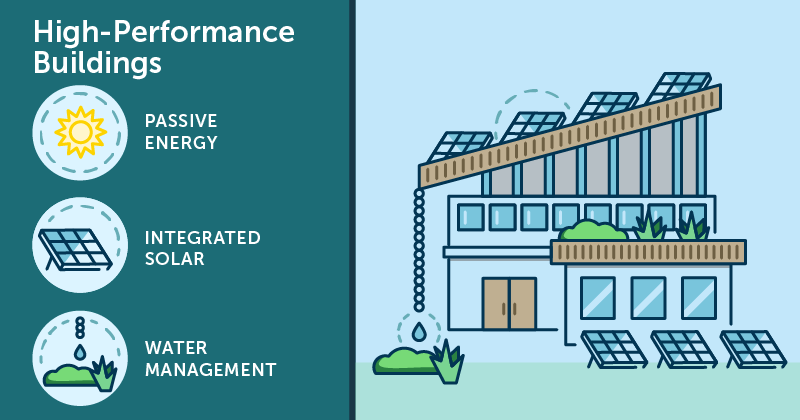Introduction
As the world becomes more environmentally conscious, eco-friendly building standards have gained significant importance in the construction industry. These standards aim to minimize the negative impact of buildings on the environment throughout their lifecycle. This article explores the significance of eco-friendly building standards and their benefits.
Importance of Eco-Friendly Building Standards
Eco-friendly building standards promote sustainable practices in construction, ensuring that buildings are designed, built, and operated in an environmentally responsible manner. They encompass various aspects such as energy efficiency, water conservation, waste management, and the use of sustainable materials.
Energy Efficiency
One of the key elements of eco-friendly building standards is energy efficiency. Buildings designed with energy-efficient features consume less energy, resulting in reduced greenhouse gas emissions and lower utility bills. This can be achieved through proper insulation, the use of energy-efficient appliances, and the integration of renewable energy sources such as solar panels.
Water Conservation
Another important aspect of eco-friendly building standards is water conservation. Buildings can incorporate water-efficient fixtures, rainwater harvesting systems, and greywater recycling to minimize water wastage. These practices not only help preserve this valuable resource but also reduce the strain on local water supplies.
The Benefits of Eco-Friendly Buildings
Implementing eco-friendly building standards offers numerous benefits for both the environment and building occupants. Firstly, eco-friendly buildings contribute to a healthier living environment. They prioritize indoor air quality, ensuring proper ventilation and the use of non-toxic materials, which reduces the risk of respiratory issues and improves overall well-being.
Sustainable Materials
Eco-friendly building standards encourage the use of sustainable materials, such as recycled or locally sourced materials, to reduce the environmental impact of construction. These materials are often durable and require less maintenance, resulting in long-term cost savings.
Reduced Carbon Footprint
By adhering to eco-friendly building standards, construction projects can significantly reduce their carbon footprint. This not only helps combat climate change but also enhances the reputation of builders and developers who prioritize sustainable practices.
Conclusion
Eco-friendly building standards play a vital role in creating a more sustainable future. By incorporating energy efficiency, water conservation, and the use of sustainable materials, these standards promote environmentally responsible construction practices. The benefits of eco-friendly buildings extend to improved indoor air quality, reduced carbon footprint, and long-term cost savings. Embracing these standards is not only crucial for protecting the environment but also for ensuring a healthier and more sustainable living environment for future generations.
